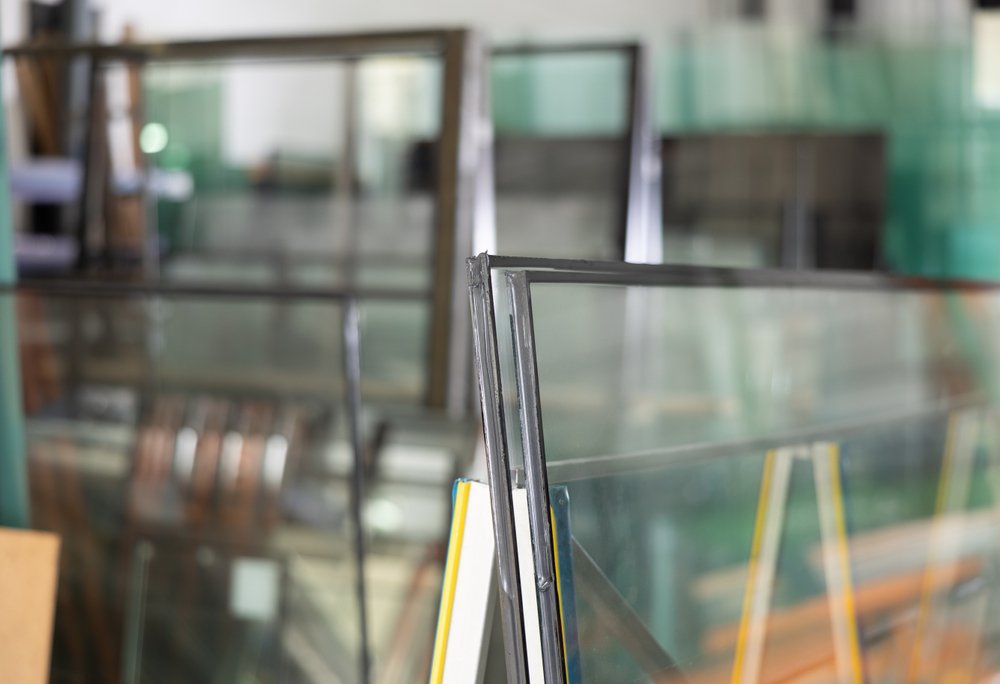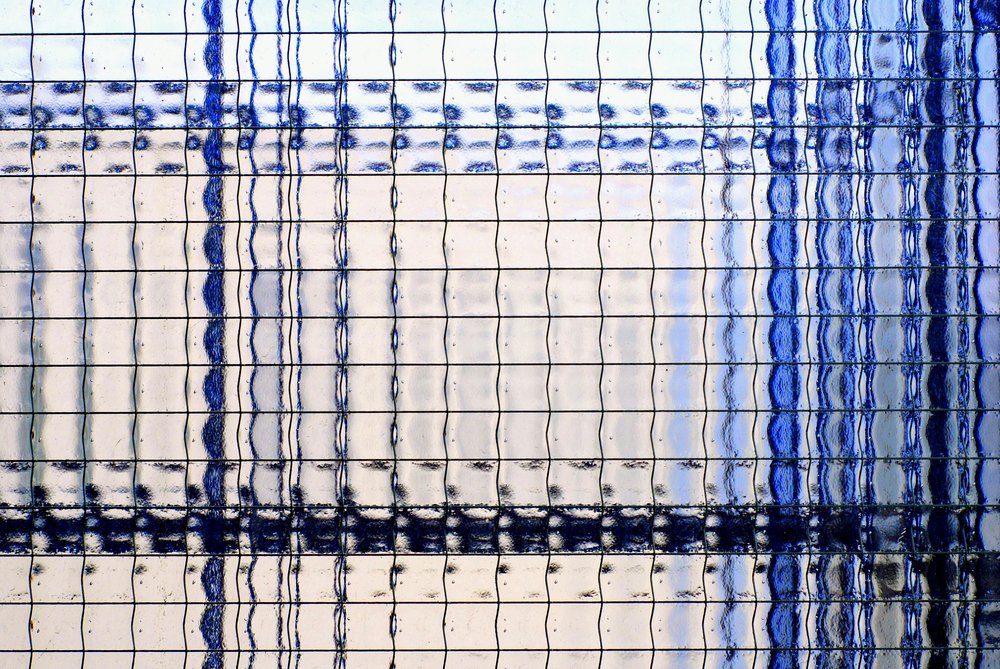Creating high-quality insulating glass units is more than just sealing two panes of glass together. It’s a precise process requiring technical accuracy, environmental control, and the right materials. While in-house or DIY fabrication might seem like a cost-effective route, the smallest oversight can lead to seal failure, condensation, energy inefficiency, or worse, complete unit breakdown. Over time, these defects don’t just affect performance; they damage reputation, increase callbacks, and cost money.
To build units that last, it’s essential to avoid the most common pitfalls in IGU manufacturing. Here are the top five mistakes often seen in DIY production—and how to prevent them before they compromise your glass.
1. Improper Edge Deletion Compromises Adhesion
Edge deletion is the process of removing the Low-E coating from the perimeter of coated glass to ensure proper adhesion of the sealant. When this step is skipped or done poorly, the sealant may not bond correctly to the surface, leading to premature seal failure and visible fogging.
The Problem
- Incomplete or uneven removal of the coating
- Scratched glass or coating residue left behind
- Using incorrect deletion wheels or pressure
How to Prevent It
Use precision equipment to control depth and width consistently. Verify the Low-E coating has been fully removed by checking for uniform clarity along the deleted edge. Train technicians to understand coating types—hard coat vs. soft coat—and how deletion should differ based on the surface. Even slight deviations in this step can impact the long-term durability of the insulating glass unit.
2. Spacer Misalignment Causes Structural Weakness
Spacers are critical to maintaining the gap between panes and housing the desiccant. Misaligned spacers can cause visual distortion, stress points, and poor sealing, especially in large or specialty-shaped IGUs.

The Problem
- Uneven sightlines in the finished unit
- Stress on the corner sealant due to over-stretching
- Reduced thermal performance from irregular cavity widths
How to Prevent It
Use automated or jig-assisted placement tools to ensure the spacer is straight, centered, and aligned within tight tolerances. Avoid stretching or twisting flexible spacers during handling. Keep quality checks in place to confirm alignment before final sealing. Consistency in spacer application preserves both the visual and thermal performance of the insulating glass unit.
3. Sealant Contamination Undermines Durability
The outer seal is the IGU’s first defense against moisture and gas leakage. Yet, contamination during this step is one of the most overlooked errors in DIY settings. Even minimal oil, dirt, or moisture on the glass surface can interfere with the sealant’s adhesion.
The Problem
- Reduced bonding strength
- Sealant peeling or lifting over time
- Moisture intrusion and visible fogging
How to Prevent It
Maintain a clean, climate-controlled production space, and ensure all glass surfaces are properly washed and dried before sealing. Avoid using low-grade sealants not tested for insulating glass units. Sealant types should match the IGU’s intended thermal performance and longevity requirements. Every IGU sealed in a dusty or unregulated workspace is a future service call waiting to happen.
4. Poor Desiccant Application Leads to Moisture Intrusion
Desiccant plays a vital role in keeping the airspace between panes dry. Inconsistent or inadequate application can leave moisture behind that will eventually condense, ruining the unit’s clarity and function.
The Problem
- Insufficient desiccant volume in spacer
- Using expired or ineffective desiccant
- Overexposure to humid air before sealing
How to Prevent It
Always store desiccants in airtight containers and monitor their exposure to ambient humidity. Use verified volumes and injection methods to ensure even distribution in the spacer. Seal the IGU promptly after assembly to limit airspace contamination. Remember, the desiccant's job is to absorb moisture, not to make up for poor production practices.

5. Temperature and Humidity Mishandling During Assembly
Even with perfect materials and technique, assembling insulating glass units in an uncontrolled environment can lead to internal fogging, stress cracks, and shortened lifespan. Temperature swings or high humidity during production trap moisture inside the IGU or impact sealant curing.
The Problem
- Fogging from residual moisture in the airspace
- Improper curing of primary and secondary seals
- Long-term structural instability
How to Prevent It
Maintain a stable, dry, temperature-controlled environment during the entire assembly process. Monitor dew point levels and humidity to ensure they are well below acceptable thresholds. Use automated systems where possible to reduce human error and exposure times. The best insulating glass units are built with more than skill—they’re built in ideal conditions.
What These Mistakes Cost You
Each of these common manufacturing missteps leads to a product that may look complete, but isn’t built to last. Whether it’s failed seals, distorted views, or thermal inefficiencies, the cost of callbacks and replacements adds up fast. Worse yet, end-user trust in your finished product erodes with every defect. That’s why high-performance insulating glass units demand attention to both detail and environment.
When Precision Matters, So Does the Supplier
At Insul-Lite Manufacturing™, we’ve built our reputation on the reliability of every sealed unit that leaves our floor. Through automated processes, rigorous inspection standards, and highly controlled environments, we eliminate the risks that plague DIY or inconsistent in-house fabrication.
We supply lites and custom sealed units to window manufacturers, glazing contractors, and glass shops that need products they can trust—built right the first time, and every time after that. For those ready to stop losing time and profit to preventable defects, we’re ready to support your success.
Contact us today to talk about how we can help you deliver better insulating glass units to your customers.





